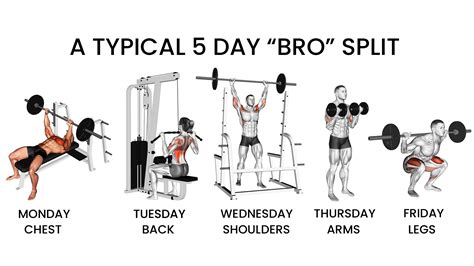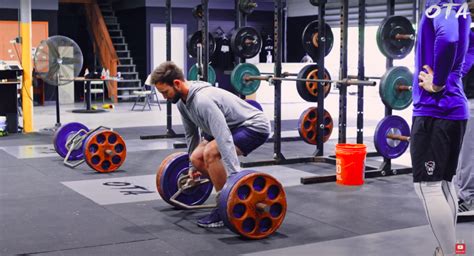How to optimize recovery for consistent peak workout performance & growth?

The Underrated Pillar of Fitness Success
In the relentless pursuit of strength, endurance, and muscle growth, many fitness enthusiasts meticulously plan their workouts, track their progress, and push their limits. Yet, one critical component often gets overlooked or undervalued: recovery. Optimal recovery isn’t just about resting; it’s a dynamic process that repairs muscles, replenishes energy stores, adapts the body to stress, and ultimately dictates your ability to consistently perform at peak levels and achieve sustainable growth. Without a strategic recovery plan, even the most rigorous training regimen can lead to plateaus, burnout, and increased risk of injury.
Understanding and implementing effective recovery strategies transforms your training from a series of isolated efforts into a cohesive system designed for long-term success. It’s the period where your body actually gets stronger, adapting to the demands placed upon it during your workouts. Let’s delve into the key pillars of recovery that will revolutionize your fitness journey.

Sleep: The Ultimate Performance Enhancer
If there’s one recovery strategy that stands above all others, it’s quality sleep. During sleep, your body enters a crucial state of repair and regeneration. Growth hormone is secreted, muscle tissue is rebuilt, and your central nervous system recovers. Chronic sleep deprivation not only impairs physical performance and mental focus but also elevates cortisol levels, which can hinder muscle repair and fat loss. Aim for 7-9 hours of uninterrupted, high-quality sleep per night. Establishing a consistent sleep schedule, creating a dark, cool sleep environment, and avoiding screens before bed can significantly improve your sleep hygiene.
Nutrition: Fueling Repair and Growth
What you consume before, during, and especially after your workouts directly impacts your recovery. Post-workout nutrition is vital for replenishing glycogen stores (your primary energy source) and providing the amino acids necessary for muscle protein synthesis (repair and growth). Prioritize a balanced intake of:
- Protein: Essential for muscle repair and building. Aim for a sufficient amount spread throughout the day, especially post-workout.
- Carbohydrates: Replenish muscle glycogen and aid in protein synthesis. Complex carbohydrates are key for sustained energy.
- Healthy Fats: Support hormone production and reduce inflammation.
Don’t underestimate the power of whole, nutrient-dense foods. Focus on a diet rich in fruits, vegetables, lean proteins, and healthy fats to supply your body with the vitamins, minerals, and antioxidants it needs to combat exercise-induced stress and inflammation.

Hydration: The Unsung Hero
Water plays a pivotal role in virtually every bodily function, including nutrient transport, temperature regulation, and joint lubrication. Even mild dehydration can significantly impair performance, increase fatigue, and slow down recovery processes. Make it a habit to drink water consistently throughout the day, not just during workouts. Electrolytes, lost through sweat, are also important, especially during intense or prolonged training sessions. Consider electrolyte-rich beverages or adding a pinch of sea salt to your water.
Active Recovery & Mobility: Promoting Blood Flow and Flexibility
While rest is crucial, complete inactivity isn’t always the best approach. Light active recovery, such as a gentle walk, cycling, or swimming, can help increase blood flow to fatigued muscles, delivering nutrients and removing metabolic waste products without adding significant stress. Mobility work, including stretching, foam rolling, and dynamic movements, can improve range of motion, reduce muscle soreness, and prevent stiffness, further enhancing your body’s ability to recover and perform.

Stress Management: Beyond the Gym
The stress of daily life can be just as detrimental to recovery as physical training stress. Chronic emotional or psychological stress elevates cortisol levels, which can break down muscle tissue, increase fat storage, and impair immune function. Incorporating stress-reducing practices like meditation, deep breathing exercises, spending time in nature, or engaging in hobbies can significantly contribute to overall recovery and well-being. A holistic approach to recovery acknowledges that your mind and body are intricately linked.

Putting It All Together for Consistent Growth
Optimizing recovery isn’t about implementing one strategy; it’s about integrating a combination of practices into your lifestyle. Listen to your body, experiment with different techniques, and track what works best for you. This might include prioritizing sleep, meal prepping nutritious foods, scheduling active recovery days, or dedicating time to mindfulness. Remember, consistency is key. Just as you’re consistent with your workouts, be equally consistent with your recovery efforts.

Conclusion: Recovery as a Cornerstone of Performance
True athletic development and consistent peak performance are not solely built in the gym; they are forged in the hours of rest, nourishment, and repair that follow. By prioritizing and optimizing your recovery, you unlock your body’s full potential for adaptation, growth, and resilience. Embrace recovery as an integral, non-negotiable part of your training regimen, and watch as your performance metrics soar, your energy levels stabilize, and your long-term fitness goals become not just attainable, but sustainable.







